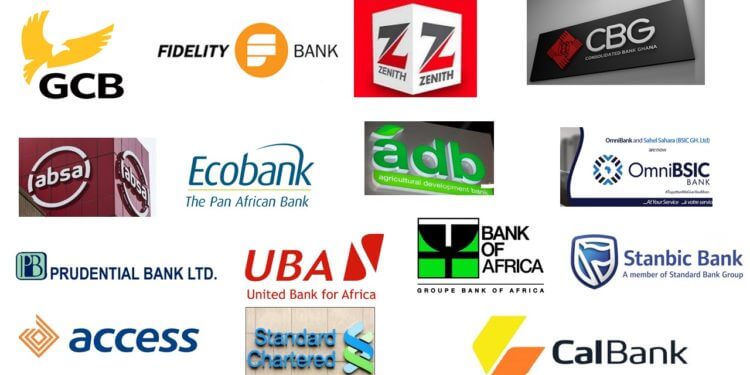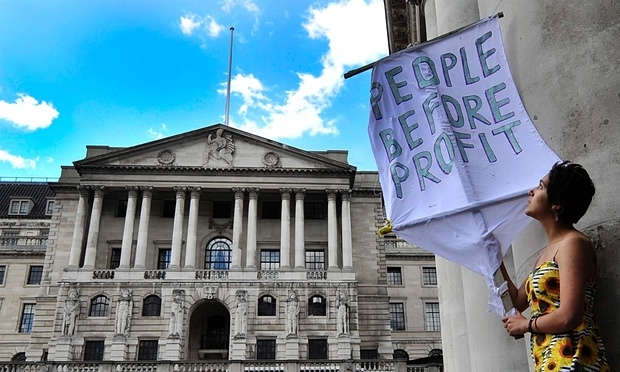The recently released 2019 annual report of the Bank of Ghana indicates an increase in total assets of banks in Ghana.
It reports that total assets of the banking sector increased to GH₵129.06 billion at end of December 2019, representing a 22.8 percent year-on-year growth.
The ratio of total earning assets (Loans & Advances and Investments) to total assets increased to 68.5 per cent in 2019, from 65.2 per cent in 2018.
The funding sources of total assets were mainly from Deposits (64.7% of total assets) and ‘borrowings and other liabilities’ which increased by 26.7 per cent to GH₵28.02 billion.
ALSO READ: Banks in Ghana record high profit after clean-up
SDIs and other licensed institutions
The combined assets of Special Deposit-taking Institutions (SDIs) at end-December 2019 stood at GH₵12.32 billion, from the previous position of GH₵16.50 billion. This represented 8.7 percent of the entire banking industry’s assets.
The decline was due to the revocation of the licenses of identified weak, dormant and insolvent institutions in 2019.
The major source of funding for the sector, the report added, was deposits, which declined by 22.7 percent, year-on-year to GH₵7.9 billion compared to 19.8 per cent growth in 2018.
The sector comprises Savings and Loans Companies (S&Ls), Finance Houses (FHs), Mortgage Institutions (MIs), Leasing Companies (LCs), Rural and Community Banks (RCBs), and Microfnance Institutions (MFIs).
Rural and community banks
Regarding the rural and community banks, the report indicates that the total number of licensed RCBs stood at 144 at end of December, 2019.
The sector recorded total assets of GH₵4.69 billion as at end-December, 2019, indicating an increase of GH₵550 million over the end-December 2018 position.
The Capital Adequacy Ratio (CAR) of RCBs improved to 12.7 percent at end-December, 2019, from 10.5 per cent at end-December 2018, and above the prudential threshold of 10 per cent.
Non-Performing Loans improved marginally to11.5 per cent at end-December 2019, from 12.7 per cent in 2018.
Microfinance sector
On the performance of the Microfinance sector (MFIs), the report further stated that there were 180 licensed MFIs total as at the end of December 2019, following the revocation of the licenses of 386 institutions.
Again, according to the report, the Capital Adequacy Ratio (CAR) of the deposit-taking MFIs was 31.0 per cent at end-December 2019, compared to the CAR of 8.0 per cent at end-December 2018.
Also, it said that the sector recorded significant improvements in CAR, with the post-resolution ratio well above the prudential limit of 10.0 per cent.
Proftability of the Deposit Money Banks (DMBs), on the other hand, increased at end-December 2019 over the previous year’s position.
By Salifu B.B. Moro










